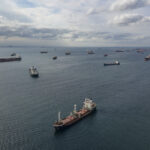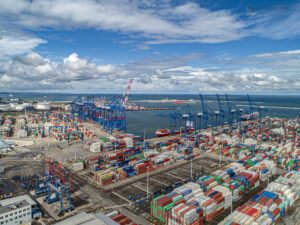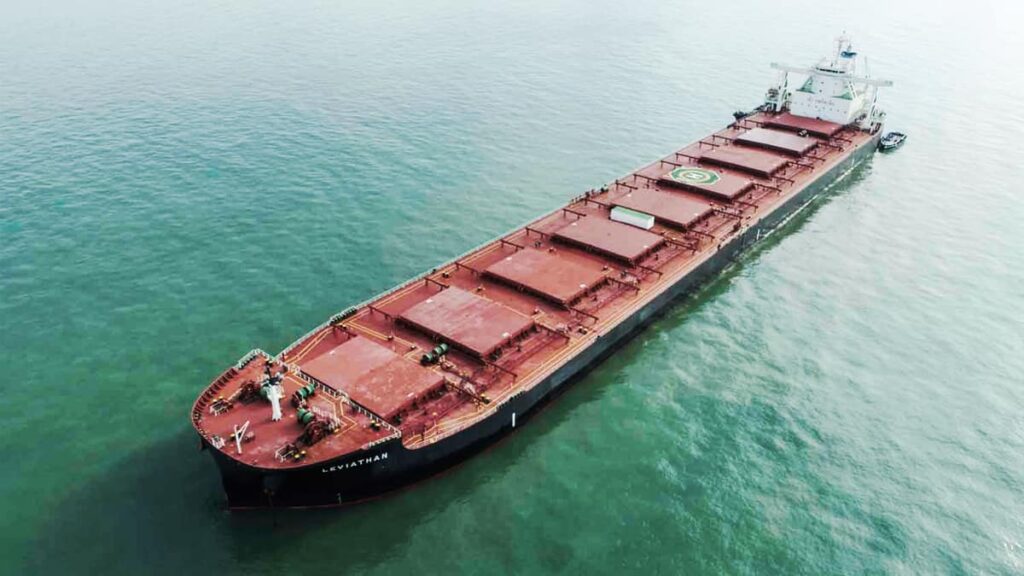An opinion: the crisis in the Red Sea creates demand for transit through Russia

Since the beginning of the crisis in the Red Sea, the demand for transportation of goods from Asia to Europe by rail through Russia has increased.
Germany’s DHL said that requests for rail freight through the Russian Federation increased by about 40% after container ships began to be rerouted along the longer route in December.
As Уніан Unian writes, RailGate Europe, in turn, said that demand had increased by 25-35%. The Dutch Rail Bridge Cargo reported that freight rail transportation through Russia increased by 31% this year.
“Logistics companies have taken a new look at routes through Russia after the decision of most major container shipping lines to redirect flights from Asia to Europe, which usually pass through the Suez Canal, through the Cape of Good Hope,” the media noted.
It is noted that such diversions have increased the delivery time between China and Northern Europe by 7-10 days, up to 50-55 days. DHL said the delivery time by rail through the Russian Federation between Chengdu in China and Duisburg in Germany is 25 to 30 days.
Meanwhile, some logistics companies, including Switzerland’s Kuehne & Nagel and Denmark’s Maersk, said they were avoiding using rail routes through Russia after the full-scale invasion.
Michael Aldwell, head of maritime logistics at Kuehne & Nagel, said that in the current environment there is “greater demand” to transport goods from Asia to Europe by rail. However, he emphasized that the company has “completely” ceased operations on this route from 2022.
It will be recalled that the US military repelled a large-scale drone attack by Yemeni Houthi fighters in the Red Sea. The attack is said to have targeted merchant ships, US Navy and coalition ships in the Red Sea.





